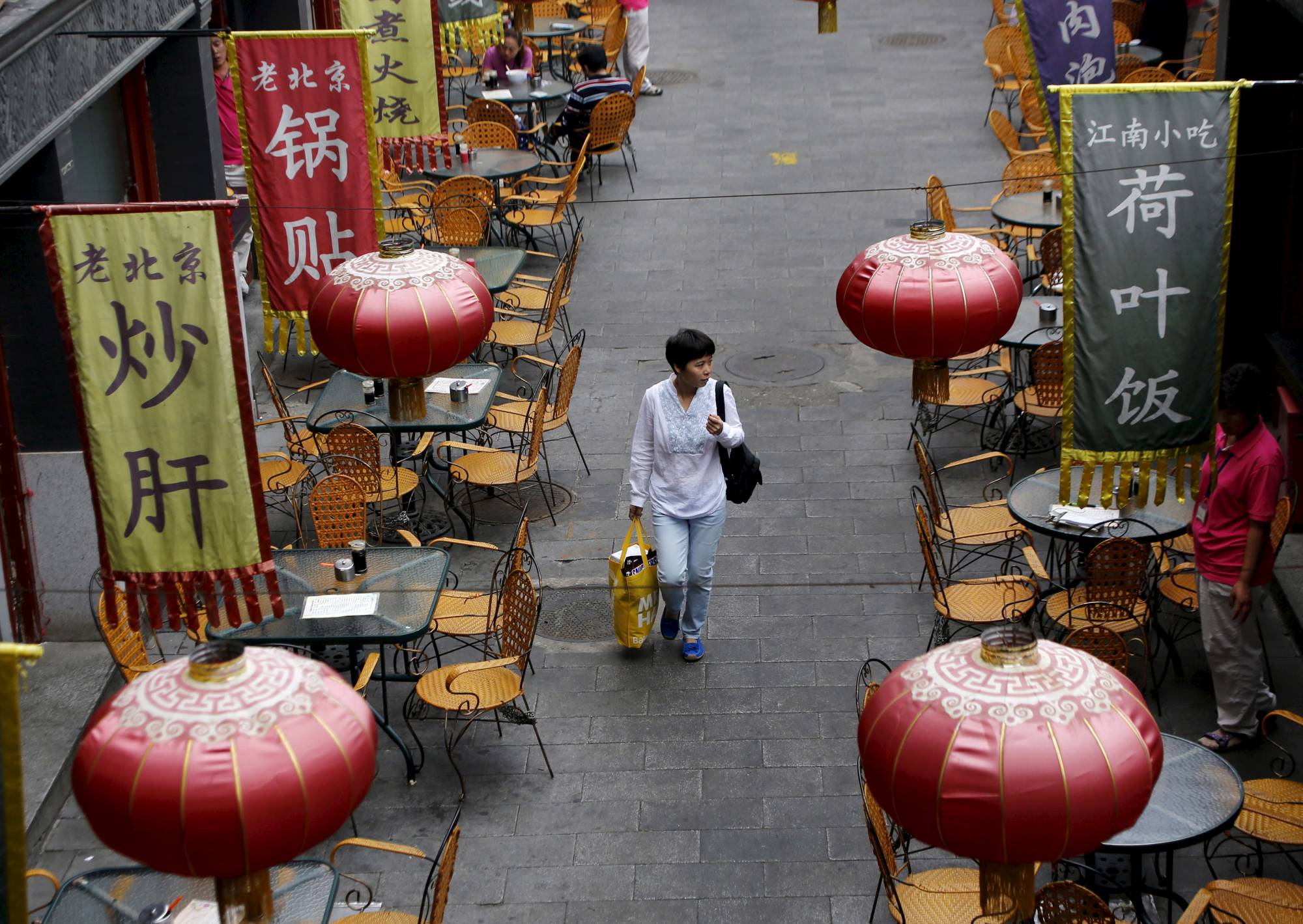The strong growth rebound that was widely expected to follow the end of China’s "zero-COVID" policy has yet to materialize. This is both less surprising and easier to understand than many observers seem to think.
The end of COVID-19 lockdowns was supposed to unleash a powerful wave of pent-up demand. Instead, aggregate demand, which had been slowing before the pandemic, has returned to its previous trajectory. Though Chinese have been traveling, socializing and dining out more, consumer-spending growth by households has been limited. Fixed-asset investment has not recovered.
With a few exceptions, such as the new-energy-vehicle (NEV) sector, economic activity has remained subdued. As a result, growth has been much weaker than expected. Though real gross domestic product growth reached 4.5% in the first quarter, it is expected to slow in the second. Core inflation is hovering around zero and the producer price index is in negative territory.

















With your current subscription plan you can comment on stories. However, before writing your first comment, please create a display name in the Profile section of your subscriber account page.